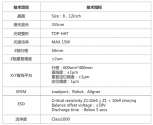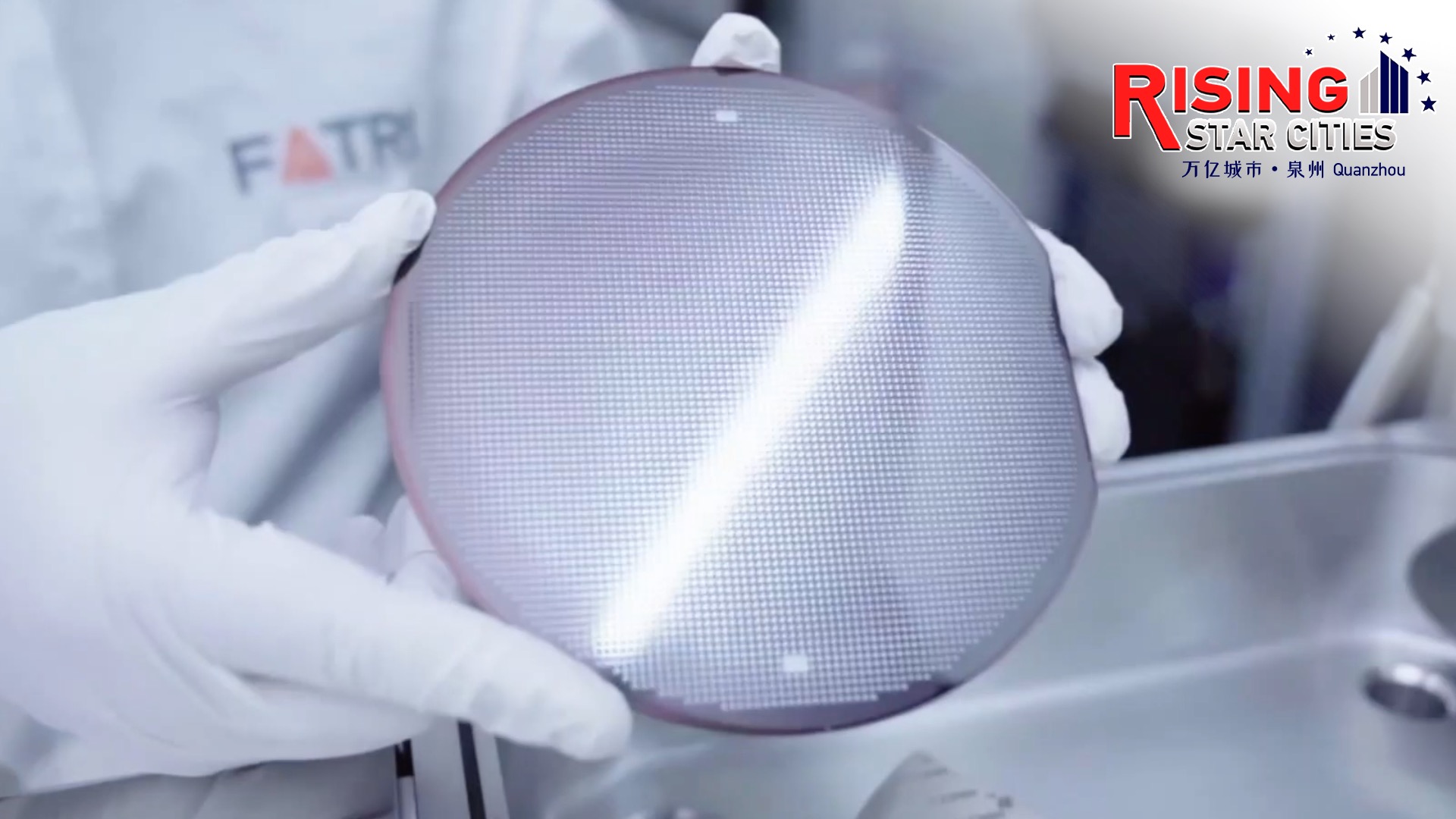Han's Semiconductor has an insight into the market demand, and with years of accumulated technical advantages and industry experience, it launched the UV laser debonding solution as early as 2017, and successfully independently developed the first domestic laser debonding equipment.
Comparison of various debonding technologies
In order to meet the needs of the rapid development of packaging technology, Han's Semiconductor continues to carry out technological innovation and iteration, and in 2020, it will launch the first domestic fully automatic laser debonding equipment DSI-S-DB661 that is compatible with separation and cleaning integration. Process verification of leading packaging customers in the industry, and successfully introduced into the production line to achieve large-scale application.
Fully automatic laser debonding equipment
DSI-S-DB661

1-Application field: It is used in fan-out wafer and panel-level advanced packaging such as consumer electronics processors and servers; 2.5D/3D stacking integration of ultra-thin devices such as memory chips Memory, Flash, and DRA; III-V and compound semiconductor RF chips, power devices, etc. Heterogeneous integration and thin-film processing.
2-Equipment advantage: 4, 6, 8, 12inch wafer or frame form a full range of responses;● Self-developed beam shaping system, spot uniformity >90%;● Real-time monitoring and feedback of laser power and energy;● Real-time tracking and feedback of laser focus;● Real-time monitoring and feedback of automatic separation tension;● Chemical wet cleaning and degumming;● Adapt to AGV and OHT automation operations;● SECS-GEM standard interface.
3-Device parameters

In the future, with the development of semiconductor technology and the emergence of new applications, there will be more application requirements for packaging technology. Han's Semiconductor has been fully prepared to continue to focus on the post-Moore era, give full play to the company's innovative technology advantages, and promote the breakthrough development of the integrated circuit industry with advanced technology.



